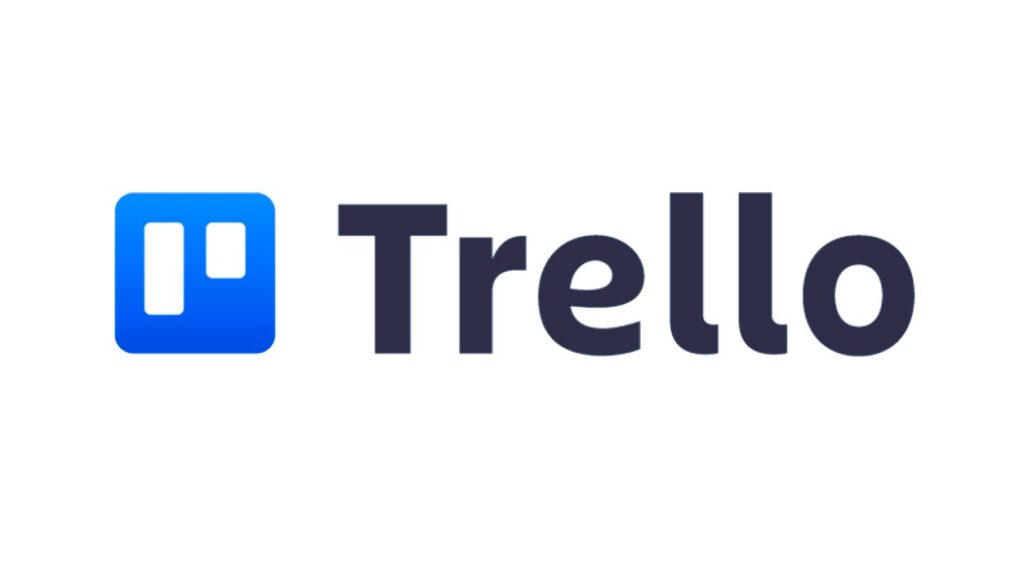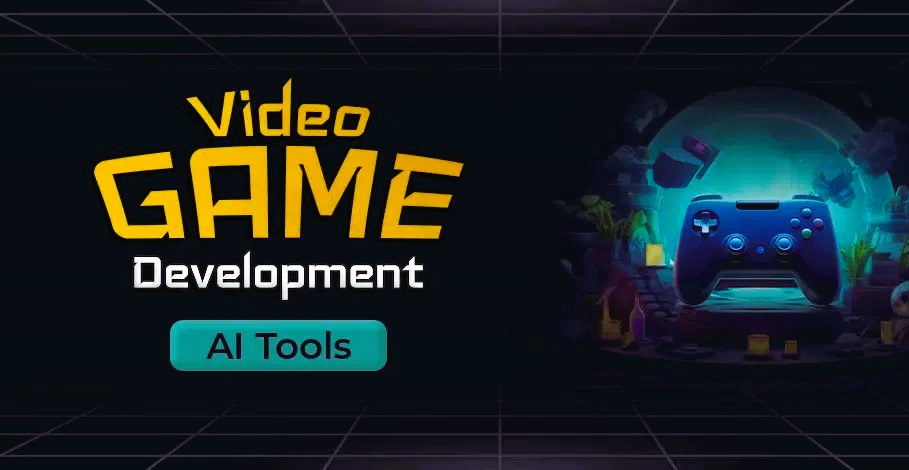As we step into 2024, the landscape of game UI development continues to evolve rapidly, bringing new tools and technologies that enhance the way developers design and implement user interfaces. From creating immersive experiences to optimizing workflows, here’s a comprehensive look at the top tools and technologies shaping game UI development this year.
1. Unity UI Toolkit
Unity remains a dominant force in game development, and its UI Toolkit is an essential tool for creating high-performance user interfaces. Introduced to streamline UI design, the Unity UI Toolkit offers a flexible and efficient approach to building complex interfaces. It features a comprehensive set of controls, responsive layouts, and advanced styling options that help developers create intuitive and visually appealing UIs. The toolkit integrates seamlessly with Unity’s ecosystem, making it a go-to choice for many developers.
2. Unreal Engine UMG (Unreal Motion Graphics)
Unreal Engine’s UMG is another powerful tool for UI development, known for its ability to create intricate and interactive interfaces. UMG provides a visual editor that allows developers to design UIs with ease, leveraging a drag-and-drop interface along with scripting capabilities. Its integration with Unreal Engine’s Blueprint visual scripting system makes it highly accessible, even for those who may not be deeply familiar with programming.
3. Adobe XD
Adobe XD is a design and prototyping tool that has gained traction in the game development community for its robust UI/UX design capabilities. It allows designers to create wireframes, prototypes, and high-fidelity designs with ease. Its collaborative features, such as real-time sharing and feedback, make it an excellent choice for teams working on game UIs. With plugins for integration and design systems, Adobe XD helps streamline the UI design process and ensures consistency across different screens and devices.
4. Figma
Figma is a cloud-based design tool that has become increasingly popular in game UI development due to its collaborative features and real-time editing capabilities. It allows multiple team members to work on the same design simultaneously, facilitating seamless communication and collaboration. Figma’s design system support, component libraries, and interactive prototyping tools make it a versatile option for designing and refining game UIs.
Learn more about Figma on Figma’s official site.
5. Blender
Blender, primarily known for its 3D modeling and animation capabilities, also offers tools for creating complex UI elements. Its robust set of features, including shading, texturing, and animation, allows developers to create high-quality, interactive elements that enhance the gaming experience. While not exclusively a UI tool, Blender’s versatility in 3D design can be leveraged to create unique and engaging game interfaces.
6. GameMaker Studio 2
GameMaker Studio 2 is a popular choice among indie developers for its ease of use and flexibility. It offers a range of UI components and tools that enable developers to create user interfaces quickly and efficiently. The drag-and-drop interface, combined with a scripting language for more advanced functionality, makes GameMaker Studio 2 accessible to both beginners and experienced developers alike.
7. Trello

While not a UI development tool per se, Trello plays a crucial role in managing the development process. Its visual project management features help teams organize tasks, track progress, and collaborate effectively. For game UI development, Trello can be used to manage design sprints, track feedback, and coordinate between designers and developers.
8. Zeplin
Zeplin bridges the gap between design and development by providing a platform where designers can hand off their work to developers. It translates design specifications into actionable code snippets and provides detailed style guides, ensuring that the final implementation matches the original vision. Zeplin’s integration with design tools like Adobe XD and Figma makes it an invaluable resource for game UI development. The evolution of game interface design, in our article from retro to modern.
9. Nuke
Nuke, developed by Foundry, is a powerful compositing tool used for creating high-quality visual effects. While its primary use is in film and television, its capabilities can be harnessed for creating intricate UI animations and transitions in games. Nuke’s node-based interface and advanced rendering options allow developers to produce stunning visuals that enhance the overall user experience.
10. GIMP
GIMP (GNU Image Manipulation Program) is a free and open-source image editor that provides many of the features found in commercial design tools. Its extensive set of tools for image editing and graphic design makes it a valuable asset for creating game UI elements, textures, and assets. GIMP’s flexibility and cost-effectiveness make it a popular choice for developers on a budget.
The tools and technologies available for game UI development in 2024 offer a range of options for creating engaging, interactive, and visually appealing interfaces. Whether you’re working on a AAA title or an indie project, leveraging these tools can significantly enhance your UI design process. By choosing the right combination of tools and technologies, developers can streamline workflows, foster collaboration, and ultimately deliver a better gaming experience.




